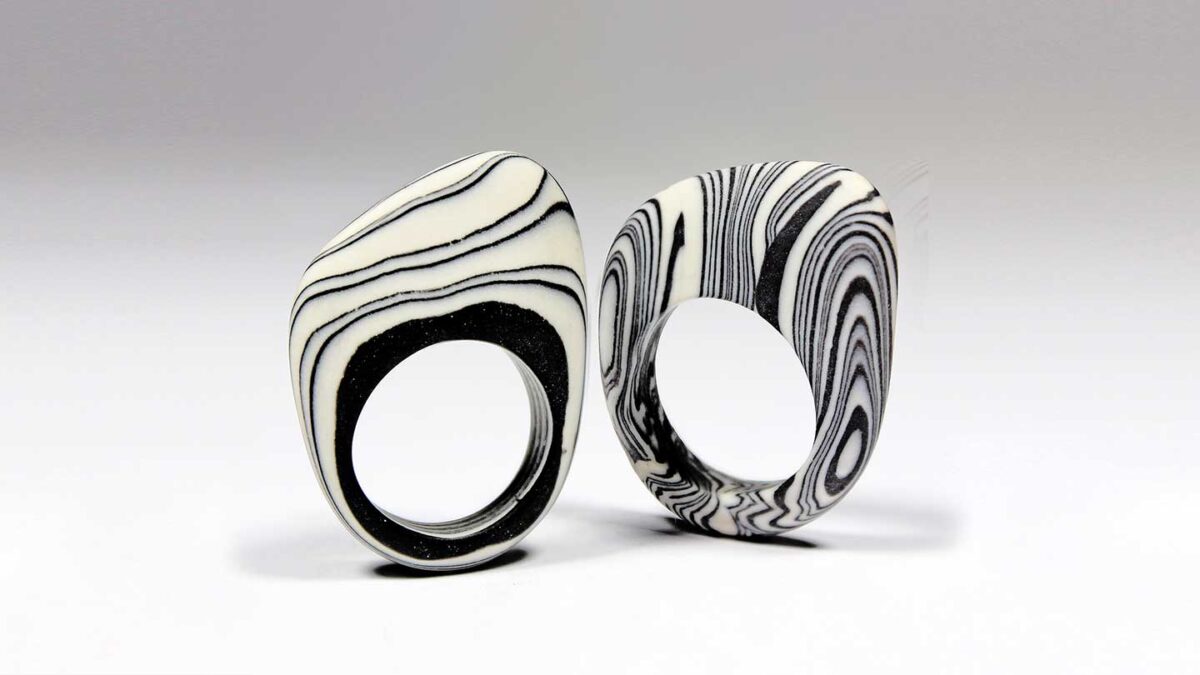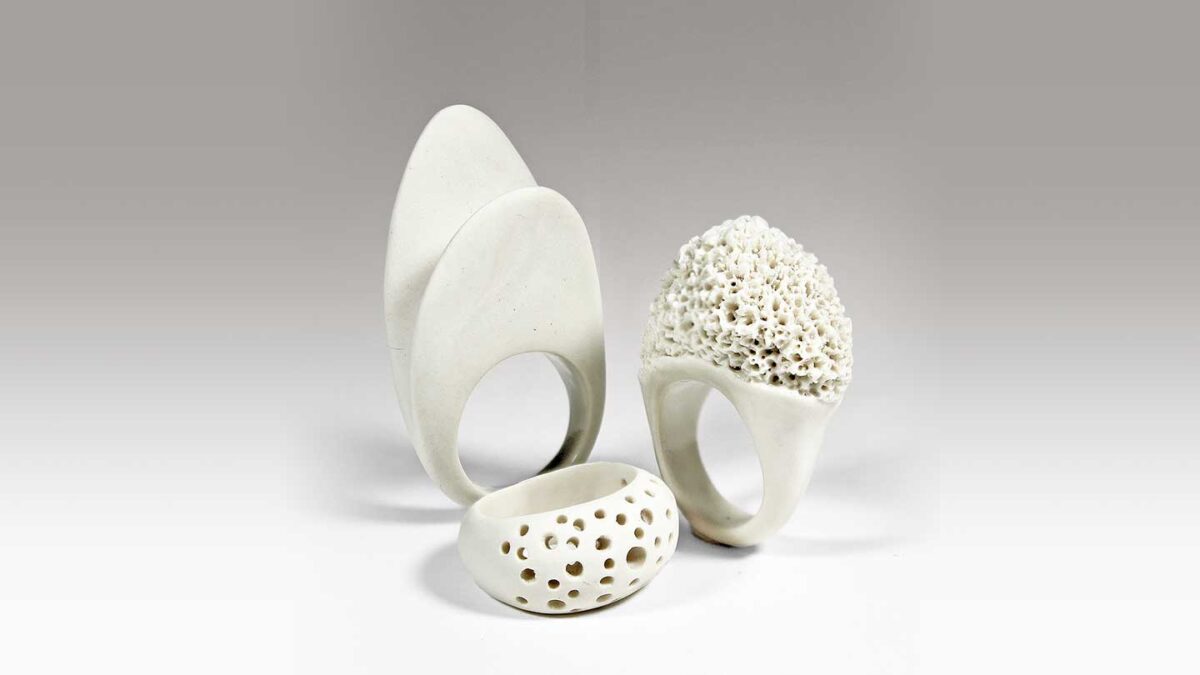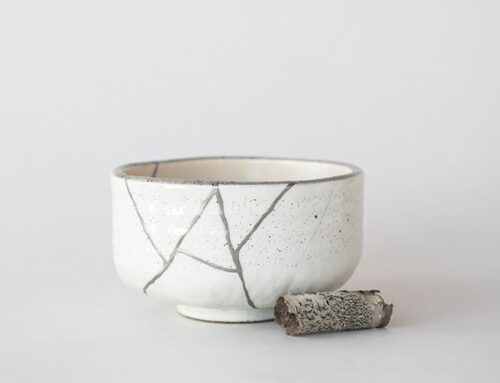“Porcelain is brittle, hard, resistant to compression, and weak in tension. It is made with two substances: kaolin and petuntse, or ‘ceramic stone,’ which gives the ceramic its translucency and hardness. It is elegant, refined, and at the same time demanding (it doesn’t allow just anyone to ‘work’ with it; it requires skill to handle it) and stubborn (when you throw or mold it, it will always return to the first shape you gave it).”
What are the applications of porcelain?
Porcelain was discovered in China during the Tang dynasty, which reigned between 618 and 907 AD. Among all ceramic materials, it took the longest to develop due to the high temperature required for firing (between 1000°C and 1600°C).
Unlike today’s era of mass production, in ancient China, porcelain was produced by several small businesses in different districts. The imperial family always had priority in purchasing the finest ceramics. Only a small number of workshops could become “imperial kilns” after receiving government recognition. These had the highest status in the ceramics industry.
During the Song dynasty (960–1279), art and production reached new levels. Porcelain manufacturing became highly organized, and kilns could fire up to 25,000 pieces.
Due to large-scale trade along the Silk Road routes, Chinese porcelain was quickly introduced to Western countries, playing a significant role in spreading Chinese civilization. Interestingly, the word “porcelain” derives from porcellana (cowrie shell), a term used by Marco Polo to describe the ceramics he saw in China.
For porcelain enthusiasts, from Chinese emperors to Western art lovers, porcelain pieces have served as prized collectibles. The record price for an antique porcelain piece reached $84,000,000.
Porcelain is brittle, hard, resistant to compression, and weak under tension. It is made from two substances: kaolin and petuntse, or “ceramic stone,” which gives the material its translucency and hardness. It is elegant, refined, yet demanding (it cannot be “worked” by just anyone; it requires skill) and stubborn (when thrown or shaped, it will always tend to return to its initial form).
In addition to the uses we all know (functional tableware, decorative objects, tiles), porcelain is also used for:
• The aerospace industry due to its lightweight properties
• Cutting tools
• Dental bridges and crowns, as porcelain resists stains better than other materials
• Bathtubs, sinks, toilets, stoves, washing machines and dryers, water heaters, and grills, as it doesn’t stain, scratch, absorb moisture, get damaged by cleaning chemicals, or rust
• Tunnel and subway station cladding
• And… jewelry!
We take care of the latter: We are thrilled to welcome Luca Tripaldi here at ElTorn to teach you how to work with porcelain, creating one-of-a-kind necklaces and rings.
Check out his Instagram to get an idea of what we’re talking about: @lucatripaldiporcelaineandmore
And click here for all the details about this workshop.
Wishing you a great week! See you soon!
Paula






